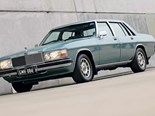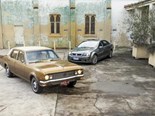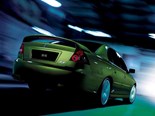1980 Holden WB Caprice Sedan Review - Iconic Holdens #5




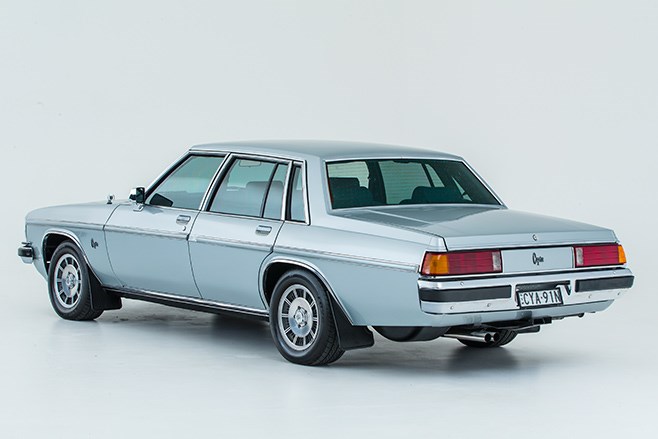


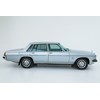



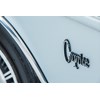
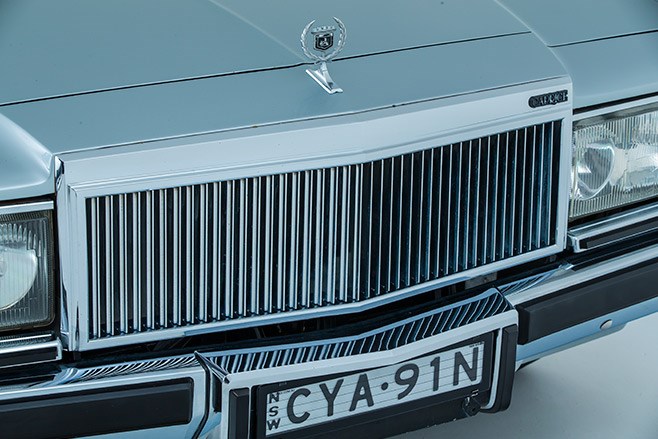

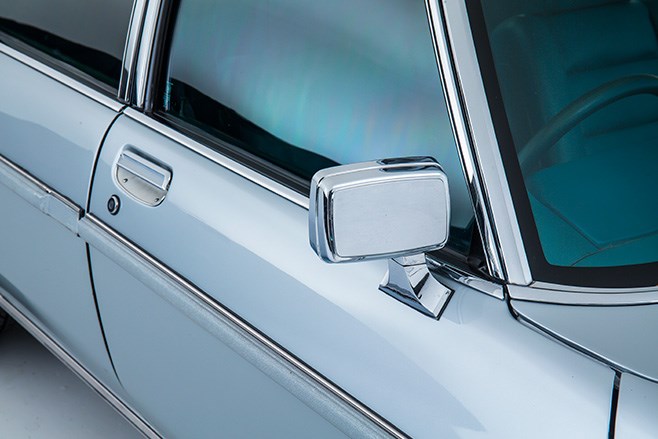

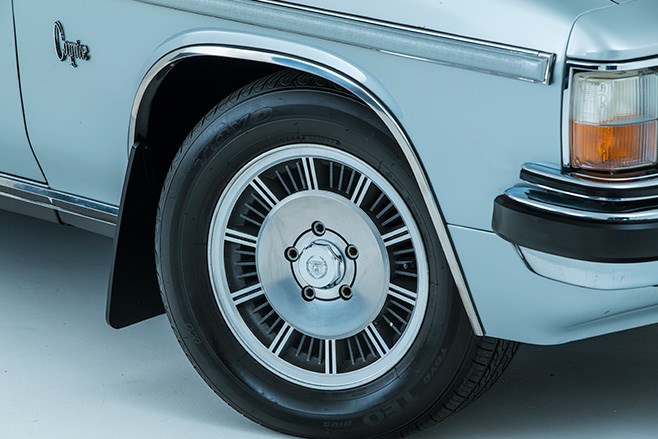


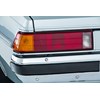
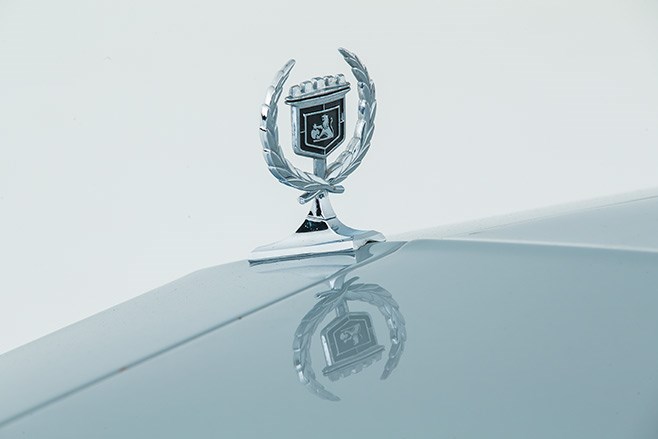

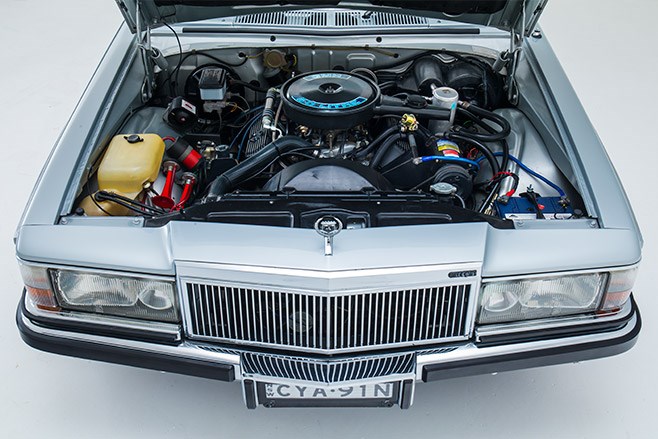

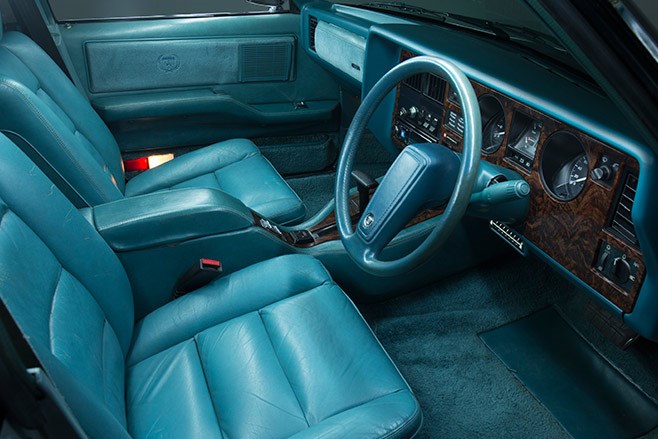




|

|

|

|

|

|

|

|

|

|

|

|

|

|
The Holden WB Caprice plans oozed idealism
1980 Holden WB Caprice Sedan
Why was the 1980 Statesman/Caprice codenamed ‘WB’? The short answer is that it was intended to supersede the WA. As originally conceived the WB Holdens would include not only the Statesman, Caprice, utes and vans, but also Kingswood and Premier sedan and wagon versions. Oddly, all WBs were to be built on the long wheelbase.
Of course, the WA never transpired and the WB Kingswood/Premier program was scrapped.
The first public inkling of the WA Holden came in a sensational Age newspaper story in 1974. This was, said the reporter, the WA Holden (but it was actually a WB before major budget cuts).
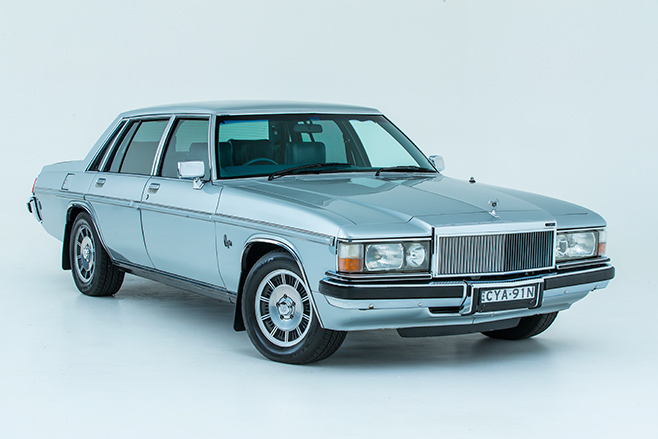
Work on the WA began in March 1973. The plans oozed idealism. This could have been a five-door, rotary-engined Holden hatchback with independent rear suspension. The A declared aims were issued in September. Under ‘Design Objectives’ were four points: ‘1. Maximum visual difference between Kingswood and De Ville. 2. Kingswood image – compact, sporty. 3. De Ville image – big, formal. 4. Maximum interchangeability, particularly inner panels and hardware.’
| Holden Commodore, Calais, Statesman, Caprice 1989-2005 market review
The program was going to be expensive. Beancounters asked: was that independent rear suspension really necessary?; what was wrong with the HQ’s system? The rotary vanished (this was about the time of the Mazda Roadpacer – an HJ Premier with Wankel power). GM investigated the rotary but dropped it as the oil crisis struck the US that same year.

In came Plan B. The people behind the glass doors of the Technical Centre were unenthused with the new directive to develop a refurbished HJ. This fallback car would be required to use as many carryover components as possible; it would be codenamed WB.
With WA off the agenda by May 1974, the designers fought to preserve as much of their concept as possible. So the earliest drawings of the WB had the dramatically revised nose and tail with what was essentially the HJ centre section.
The inevitable happened: as the months passed, more and more spec got ripped out of the car.

Had Design Staff had its way the HQ would have given way to the facelifted, subtler HV in 1974 and then the WA hatchback in 1977.
By early 1975 the V-car had driven into the equation, but work continued on the WB. The two programs would run concurrently. If the V-car turned out to too small, too soft, too European, or simply too radical for prevailing Australian automotive tastes, then the heftier and more traditionally Aussie WB would provide a fallback position. In 1976 Charles (‘Chuck’) Chapman departed from Opel to take up the position of managing director at Fisherman’s Bend. Chapman insisted his executives throw their energy into the program he had been involved with starting at Opel. The WB went onto the back burner. The earliest tape drawings of the local V-car are dated July 1975.

Chapman intended the Commodore to be the volume-selling Holden. All WBs would get the 114-inch wheelbase and six-window styling with a shorter boot for Kingswood/Premier. One set of photographs dated September 1976 is marked ‘last showing 6-window’. A four-window design was shown to management in November of that year.
In January 1977 the rear door was changed to remove the HZ ‘hook’ and give the WB a squarer look.
Leo Pruneau was firmly of the view that Australians loved hard edges to their cars.

He cited the EH Holden and XY Falcon in conversation with me.
As late as April 1977, the plan was to market four WB variants, but at one stage the idea of introducing a fifth (badged Calais) between the De Ville and the Caprice was floated. A senior designer told me: ‘It was just a ridiculous motor car. It should never have happened. Who wanted a Kingswood that was as big as a Statesman? The jump from the Commodore to the WB Kingswood was huge. And the Commodore made the WB look like an old car!’
It wasn’t until mid-1979 that Kingswood/Premier WBs were off the agenda.

Chapman’s faith in the Commodore paid off and Pruneau’s Cadillac-inspired Statesman and Caprice made brilliant Holden flagships. For the first time, Australia had a world-class limousine. It matched the Ford LTD on interior room and had a more charismatic exterior style. The first two Ford LTDs had presence and a 5.8-litre V8 but they were hardly driver’s cars.
For my money, the WB handled better than a VK Commodore and had an excellent ride: RTS achieved its finest hour. This last of the utterly Australian Holdens was an utterly memorable machine.

A good big car shrinks around you. I had the privilege of driving in a Wheels mag azine four-car comparison that pitched the Caprice against the Mercedes-Benz 230E, Rover 3500 Vanden Plas and the brand new Volvo 760GLE. The Holden was right up there on dynamics but fell short on finish and fuel economy. And it could have used more from its 5.0-litre V8.
HDT produced its Statesman Magnum and I remember John Harvey saying it was his favourite. It used a Group Three Commodore V8, had lowered suspension and Momo alloys with 236/60 Pirelli P6s – quite a BMW-beater.

Design boss, Leo Pruneau, wanted the upmarket versions of the car to have a sort of Rolls-Royce theme with real wood. Interestingly, the timber was dropped because it did not stand up well in durability testing.
In 1983 the Series II WB was released and before the end of the following year GM-H closed its Brisbane plant in Acacia Ridge and the superb WB Statesman and Caprice had literally come to the end of the line.
Just how good the WB Statesman and Caprice were became apparent when the first of the Commodore-based models was released in 1990. It drove okay but entirely lacked the street cred of its iconic predecessor.
SPECIFICATIONS
1980 Holden WB Caprice Sedan
BODY: Four-door steel-monocoque sedan
KERB WEIGHT: 1719 kg
ENGINE: 5044cc (307.8ci) pushrod OHV V8
TRANSMISSION: 3-speed floor-shift auto
SUSPENSION: Ind – short & long arms, coil springs, decoupled stabiliser bar (f) four-link system with coil springs & decoupled stabliser bar (r)
BRAKES: Pwr assisted ventilated discs (f) Pwr assisted solid discs (r)
POWER: 126kW @ 4400rpm
TORQUE: 361Nm @ 2800rpm
- Iconic Holdens #8: Torana LC & LJ XU-1 and Torana A9X
- Iconic Holdens #7: VT Commodore
- Iconic Holdens #2: FE Station Sedan
Unique Cars magazine Value Guides
Sell your car for free right here
Get your monthly fix of news, reviews and stories on the greatest cars and minds in the automotive world.
Subscribe

.jpg)








